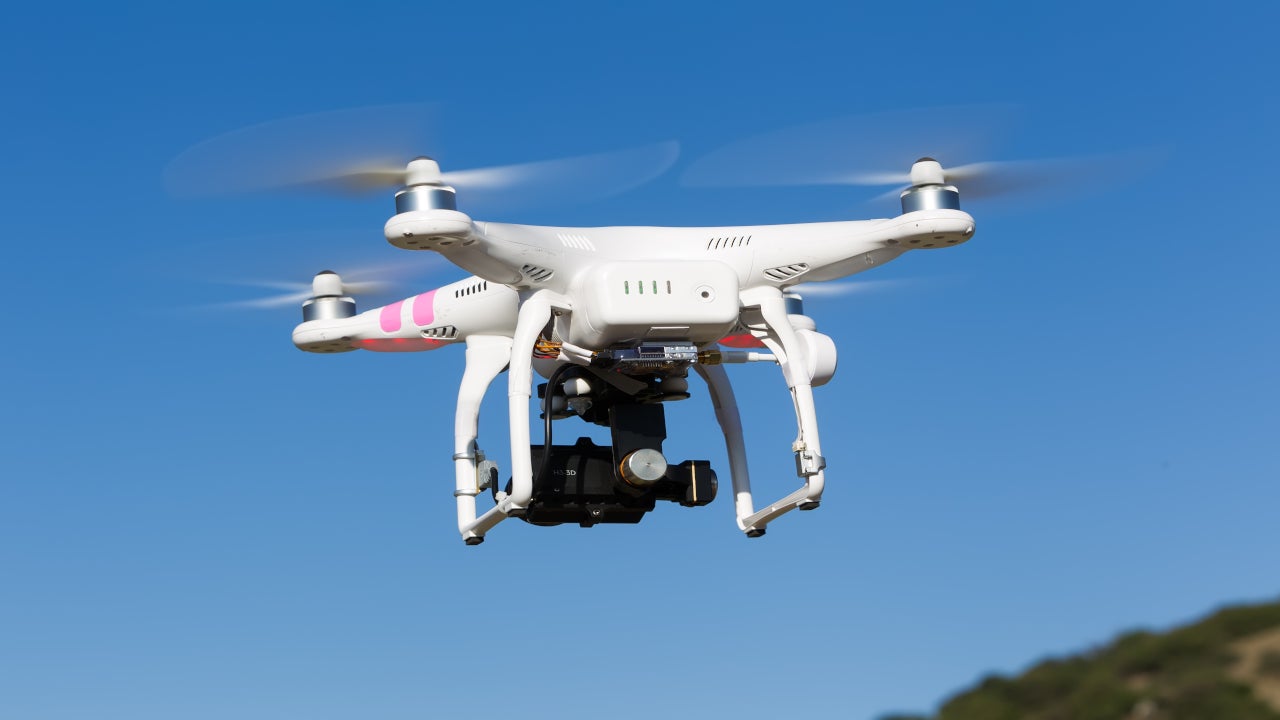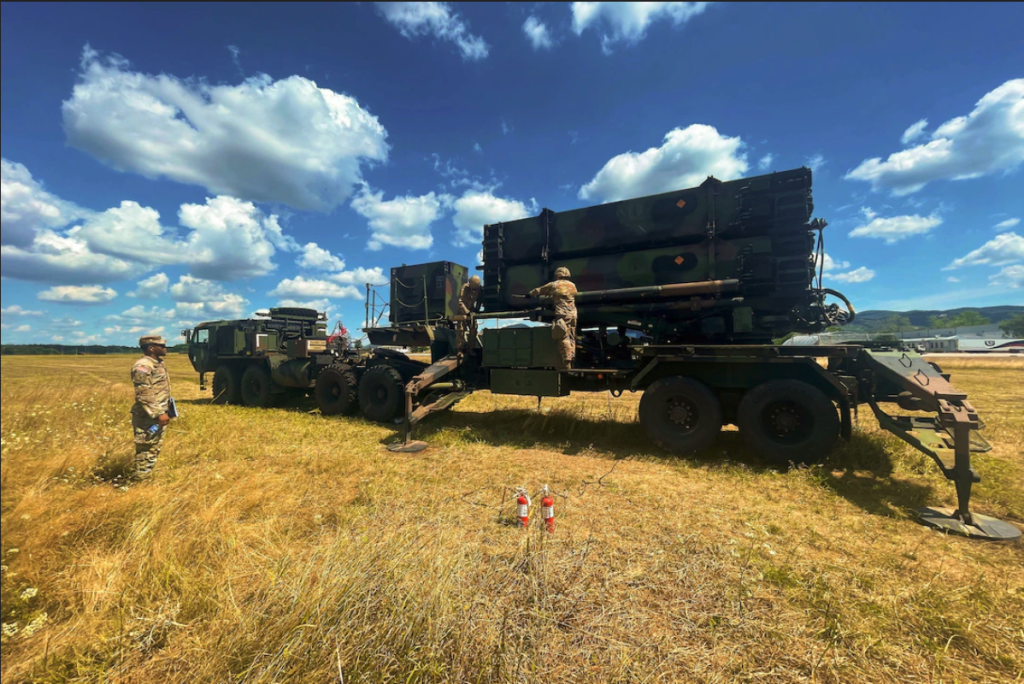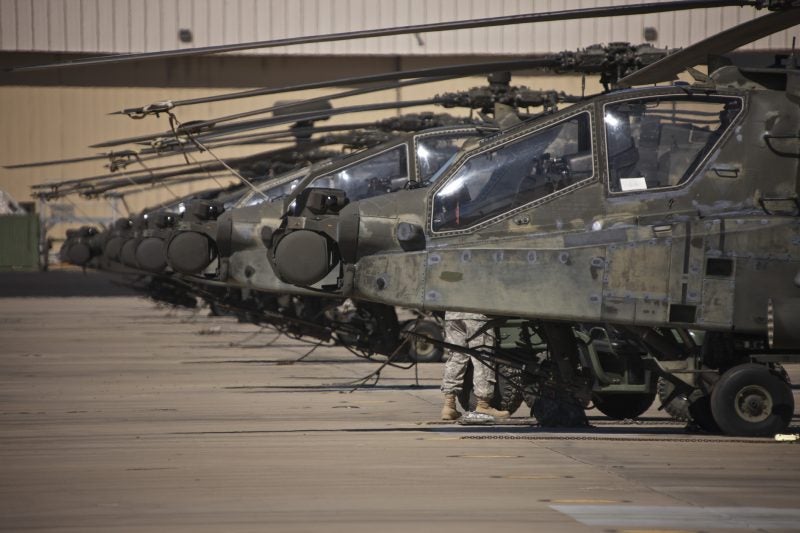
Counter unmanned aerial systems (C-UAS) – as the global population of UAVs increases, and interstate tensions escalate, the ability to effectively counter UAV threats of all sizes grows.
Regulatory Trends
Listed below are the key regulatory trends impacting the C-UAS theme, as identified by GlobalData.
International drone regulation
C-UASs may not always be legal. In many instances, there is significant confusion and ambiguity as to the exact legal dimensions of C-UAS technology use. This is because the technology is often subject to numerous overlapping laws that were drafted to address other technologies, long before counter-drone technology existed. Additionally, in the commercial segment, different countries have varying restrictions on the commercial use of drones. This may affect demand for C-UASs intended for law enforcement use, as the saturation of platforms in the civilian population will vary from place to place.
Counter unmanned aerial systems International Standards
There are currently limited international standards governing the proper design and use of C-UASs. This may contribute to extreme variation in practicality between systems which are in principal very similar. Given the rapid nascence and growth of the industry, there has been limited opportunity for international standards to emerge naturally, with many of the technologies being market being extremely novel.
Directed energy weapon (DEW) are a prime example of this, whereby the technology’s journey from theory to market was undertaken in less than a decade. As the industry continues to grow, and C-UASs are more widely proliferated, it is likely that international standards will be imposed upon the industry. Companies active within this segment of the aerospace and defence industry will need to rapidly align their products with these standards as they emerge.
US C-UAS regulation (Detection)
Systems that detect, monitor, or track UAS often rely on radio frequency (RF), radar, electro-optical (EO), infrared (IR), or acoustic capabilities, or a combination thereof. These capabilities detect the physical presence of UAS or signals sent to or from the UAS. In general, whether a detection or tracking system implicates federal criminal surveillance laws, such as the Pen/Trap Statute and the Wiretap Act, depends on whether it captures, records, decodes, or intercepts, in whole or in part, electronic communications transmitted to and from a UAS and/or controller, and the type of communications involved.
Detection systems that emit electromagnetic waves or pulses of sound or light that are reflected off an object and back to the detection system—such as radar, EO/IR, and acoustic systems—are less likely to pose concerns under federal criminal surveillance statutes. Such technology senses the sound or electromagnetic waves produced by or reflected from the UAS and does not capture, record, decode, or intercept electronic communications. By contrast, systems using RF capabilities to detect and track UAS by monitoring the communications passed between a UAS and its ground control station may implicate the Pen/Trap Statute and Wiretap Act.
US C-UAS regulation (Interdiction)
The use of non-kinetic or kinetic solutions may implicate federal criminal prohibitions against, among other things, intercepting and interfering with communications, damaging a “protected computer,” and damaging an “aircraft.” The term “aircraft” refers to “a civil, military or public contrivance invented, used, or designed to navigate, fly, or travel in the air.” This definition is consistent with the meaning of “aircraft” in 49 U.S.C. § 40102(a)(6).
In the Federal Aviation Administration (FAA) Reauthorization Act of 2018, Congress codified the term “unmanned aircraft” as “an aircraft that is operated without the possibility of direct human intervention from within or on the aircraft.” 49 U.S.C. § 44801(11). Additionally, the use of spoofing interdiction may carry further penalties due to its interference with global positioning system (GPS) signals. Thus, it violates 18 U.S.C. § 1367, which generally prohibits obstructing or hindering any satellite transmission.
This is an edited extract from the Counter unmanned aerial systems – Thematic Research report produced by GlobalData Thematic Research.




